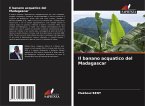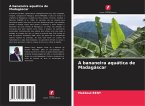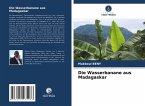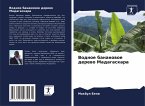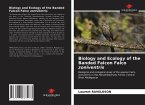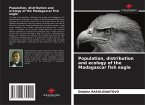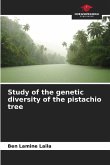The aquatic banana tree, Typhonodorum madagascariense (via, viha, mangoaka, mangibo, mangoaba in Malagasy family ARACEAES. It is unique in the world and native to Madagascar, invaded in the neighboring islands, Comoros, Zanzibar and Mauritius (CABANIS et al., 1969). The seeds are a food of the poor farmers (without land or having a small plot) to be determined to cultivate and used during the lean period between January and February and October to November. In the east coast of Madagascar, the leaves are used in handicrafts to make objects like baskets and hats. The farmers do not stop pulling up this species to cultivate rice, the species participates in the protection of the banks and decreases the losses of water. It is included in the list of threatened species (WWF, 2010), until now no protection status has been established. In the place where there is a stand of Typhonodorum the water is stagnant and the farmers drain the canals from this point to irrigate the rice fields or the cotton culture.
Bitte wählen Sie Ihr Anliegen aus.
Rechnungen
Retourenschein anfordern
Bestellstatus
Storno


